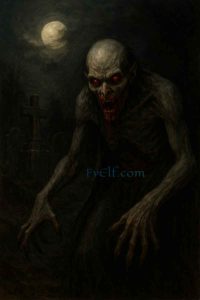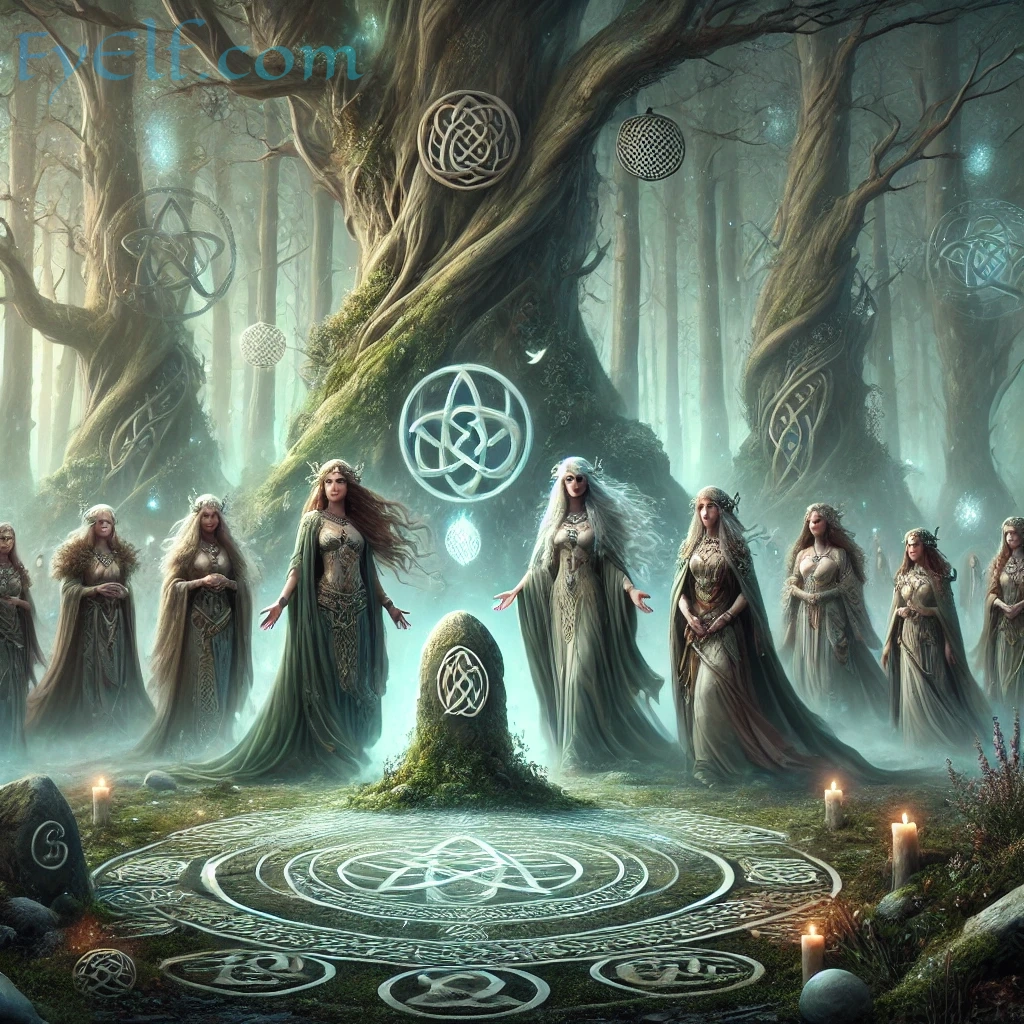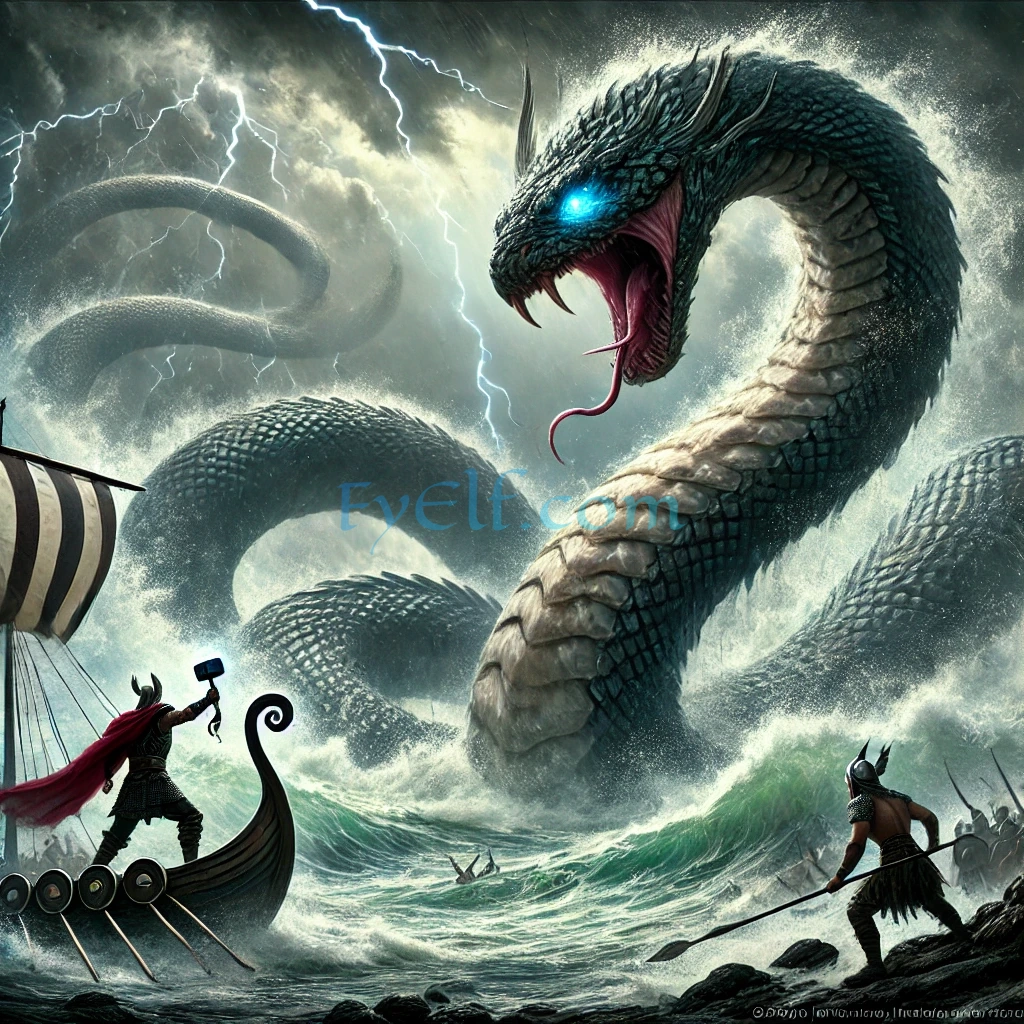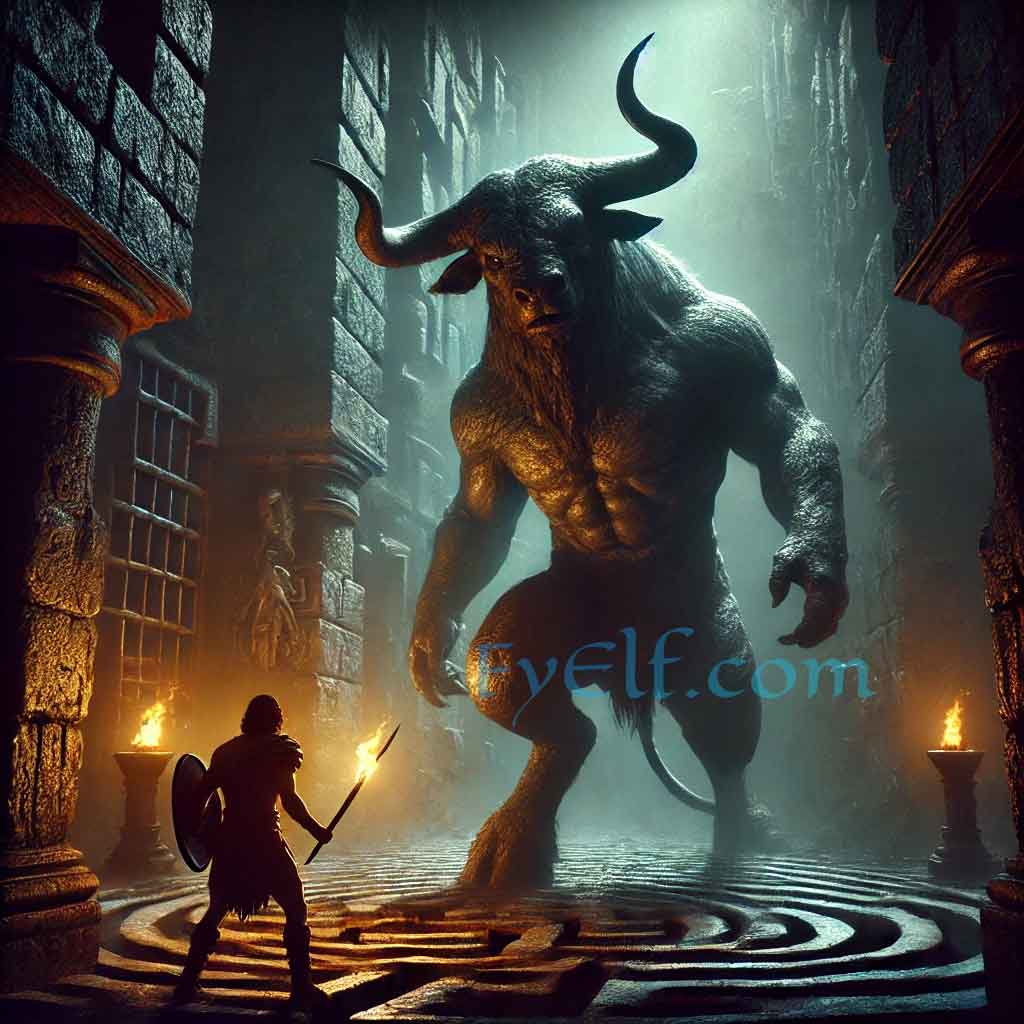Among the most chilling figures of Slavic folklore is the Upyr—a proto-vampire creature that preyed on human blood, life force, and fear. Long before the Gothic vampire of Bram Stoker’s Dracula or the romanticized blood-drinkers of modern fiction, the Upyr haunted villages of Eastern Europe. Half spirit, half corpse, it represented humanity’s deepest anxieties about death, disease, and the restless dead.
The Upyr is not simply an early vampire. It is a complex mythological being rooted in both pagan beliefs and Christian demonology. By tracing its origins and legends, we can see how this terrifying figure shaped the global vampire myth.
Origins of the Upyr in Slavic Mythology
Pagan Roots and Early Mentions

The word Upyr appears in several early Slavic sources, with the oldest written references dating back to the 11th century. Chronicles from Kievan Rus mention figures described as “wicked upyrs,” suggesting the belief was already widespread.
For pre-Christian Slavs, death was never final. Corpses could be corrupted, spirits could return, and improper burials might unleash dangerous beings. The Upyr likely originated as a restless spirit of the dead—a revenant that rose from its grave to harm the living.
Christian Influence and Demonization
With the Christianization of Eastern Europe, older pagan fears were reinterpreted through a religious lens. The Upyr became associated with sin, heresy, and demonic possession. Priests warned villagers that immoral lives or improper funerals might cause the dead to return as blood-sucking monsters. This fusion of pagan superstition and Christian morality cemented the Upyr’s place in Slavic folklore.
What is an Upyr? Defining the Proto-Vampire
Blood, Life Force, and the Fear of the Night
Unlike modern vampires, which focus almost exclusively on blood-drinking, the Upyr fed on both blood and life force. Some tales describe it draining vitality from sleeping victims, leaving them sickly or even dead. Others speak of Upyrs consuming flesh, much like ghouls.
The Upyr was also closely tied to the night. It prowled after sunset, slipping into homes or ambushing travelers. This nocturnal nature linked it with other dangerous beings of the dark, such as witches, demons, and malevolent spirits.
Differences from Modern Vampires
Modern vampires often appear elegant, seductive, or cursed with tragic romance. The Upyr, by contrast, was monstrous and corpse-like. Folklore depicts it as pale or bloated, with sharp claws and glowing eyes. It was not alluring but revolting—a being to be feared, not desired.
Upyr in Slavic Legends and Folklore
Russian and Ukrainian Tales of the Upyr
In Russian tradition, the Upyr was believed to attack children, livestock, and sleeping villagers. Ukrainian folklore described the Upyr as a dead person who returned from the grave, sometimes masquerading as a living human by day but revealing its true nature at night.
One chilling belief held that those who were witches, suicides, or criminals could become Upyrs after death. This made burial rituals crucial, as improper rites might unleash an Upyr on the community.
Burial Practices and Fears of the Undead
Archaeological discoveries in Eastern Europe reveal graves where corpses were buried with stones in their mouths, stakes through their chests, or decapitated heads—measures taken to prevent them from rising again. These practices align closely with descriptions of Upyrs in folklore.
Villagers sometimes even exhumed corpses suspected of being Upyrs. Signs such as uncorrupted flesh or blood at the mouth were taken as proof of vampirism. The corpse would then be ritually destroyed, often by burning.
Upyr vs. Vampire: How Folklore Evolved
From Proto-Vampire to Gothic Vampire
The Upyr and related Slavic revenants (such as the Serbian vukodlak and Polish strzyga) heavily influenced the vampire myths that later spread into Western Europe. When travelers and scholars in the 17th and 18th centuries recorded Slavic superstitions, they introduced the idea of blood-drinking revenants to a wider audience.
By the time Gothic literature emerged, the Slavic Upyr had evolved into the Western vampire, refined into the elegant aristocrats of novels and films. Yet beneath the sophistication, the ancient shadow of the Upyr remains—the corpse that feeds on the living.
Western Interpretations of Slavic Myths
During the so-called “vampire panics” of the 18th century, reports from Eastern Europe described communities digging up suspected vampires. These stories circulated widely, fueling fascination in Western Europe. Authors adapted the Upyr into the broader vampire archetype, transforming a rural Slavic terror into a universal symbol of death and desire.
Symbolism of the Upyr in Slavic Demonology
Death, Disease, and the Fear of Corpses
The Upyr embodied the terrifying possibility that the dead were not truly gone. In times of plague or famine, when people died suddenly and mysteriously, communities often blamed Upyrs. They symbolized disease personified, an invisible threat stalking the night.
The grotesque appearance of the Upyr—bloated, discolored, with blood at the lips—also reflects natural decomposition. What villagers saw in graves may have reinforced the myth, turning ordinary decay into signs of supernatural hunger.
Protective Rituals and Folk Remedies
Slavic villagers developed numerous ways to protect themselves:
- Stakes through the heart to pin the corpse down.
- Decapitation and burning of suspected Upyrs.
- Garlic, iron, and holy symbols to ward off visits.
- Proper funeral rites to ensure peace for the dead.
These practices reveal how deeply the Upyr influenced daily life. It was not just a myth but a real fear shaping burial customs and rituals.
The Upyr in Modern Culture and Literature
Influence on Vampire Fiction
The Upyr’s legacy is unmistakable in the modern vampire mythos. From Eastern European reports of revenants to Gothic novels like John Polidori’s The Vampyre (1819) and Bram Stoker’s Dracula (1897), the Upyr helped shape the archetype of the blood-drinker.
Even today, some writers and filmmakers reference the Upyr directly, distinguishing it from the more familiar Western vampire. It often appears as a darker, more monstrous version—closer to its folkloric roots.
The Upyr in Contemporary Fantasy and Media
In modern fantasy games and literature, the Upyr sometimes emerges as a unique creature separate from vampires. It is depicted as a savage, corpse-like predator, emphasizing its ancient and terrifying qualities. By reviving the Upyr, creators reconnect with the primal fear that inspired vampire legends in the first place.
Conclusion: The Lasting Shadow of the Upyr
The Upyr is more than just a footnote in vampire history. It is the foundation of the vampire myth, the proto-vampire that gave rise to centuries of tales about blood-drinkers and undead predators. Rooted in Slavic folklore, it reflects humanity’s oldest fears: death, disease, and the restless dead.
By understanding the Upyr, we see how myths evolve. A corpse feared in a village graveyard could eventually become a count in a Gothic castle or a glamorous anti-hero in modern fiction. Yet the essence remains unchanged—the fear that the dead may rise again to prey on the living.
In the flicker of a candle or the whisper of wind at night, the shadow of the Upyr still lingers—an ancient warning that what lies in the grave might not stay buried.




